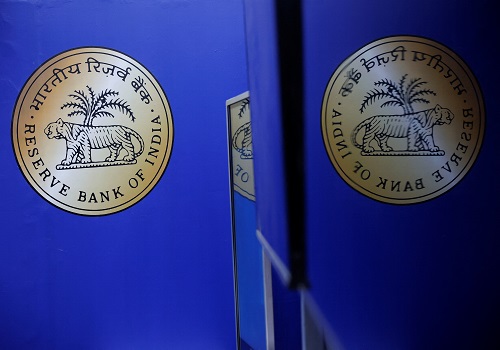Comparison Between Old Tax Regime and New Tax Regime

The Indian government introduced the New Tax Regime in Budget 2020 as an alternative to the Old Tax Regime. While the Old Tax Regime allows multiple deductions and exemptions, the New Tax Regime offers lower tax rates but eliminates most deductions. Taxpayers can choose between the two based on their financial planning and tax-saving goals.
1. Tax Slabs Comparison
Old Tax Regime (with deductions and exemptions)

New Tax Regime (without deductions and exemptions)

2. Key Differences
1. Deductions and Exemptions
Old Tax Regime: Allows deductions such as Section 80C (Rs 1.5 lakh), 80D (medical insurance), HRA, LTA, standard deduction (Rs 50,000), and other tax-saving options.
New Tax Regime: No deductions or exemptions, except for employer's NPS contribution and standard deduction for salaried individuals (Rs 50,000) (applicable from FY 2023-24).
2. Suitability
Old Tax Regime: Suitable for individuals who claim multiple deductions and have high tax-saving investments.
New Tax Regime: Beneficial for taxpayers with minimal deductions and who prefer a straightforward tax structure with lower rates.
3. Tax Rebate (Under Section 87A)
Old Tax Regime: Income up to Rs 5 lakh qualifies for a tax rebate, resulting in zero tax liability.
New Tax Regime: Income up to Rs 7 lakh qualifies for a tax rebate, resulting in zero tax liability.
3. Which One Should You Choose?
If you have high tax-saving investments (PPF, ELSS, LIC, home loan interest, etc.), the Old Tax Regime may be more beneficial.
If you don’t claim many deductions and want lower tax rates, the New Tax Regime might be a better option.
For middle-income taxpayers (Rs 7-15 lakh), a detailed calculation should be done to determine which regime provides the lowest tax liability.
Conclusion
The choice between the Old and New Tax Regime depends on individual financial situations. The New Tax Regime simplifies taxation with lower rates but removes deductions, whereas the Old Tax Regime allows tax-saving benefits. Taxpayers should assess their income, investments, and exemptions before making a decision each year.






.jpg)

















